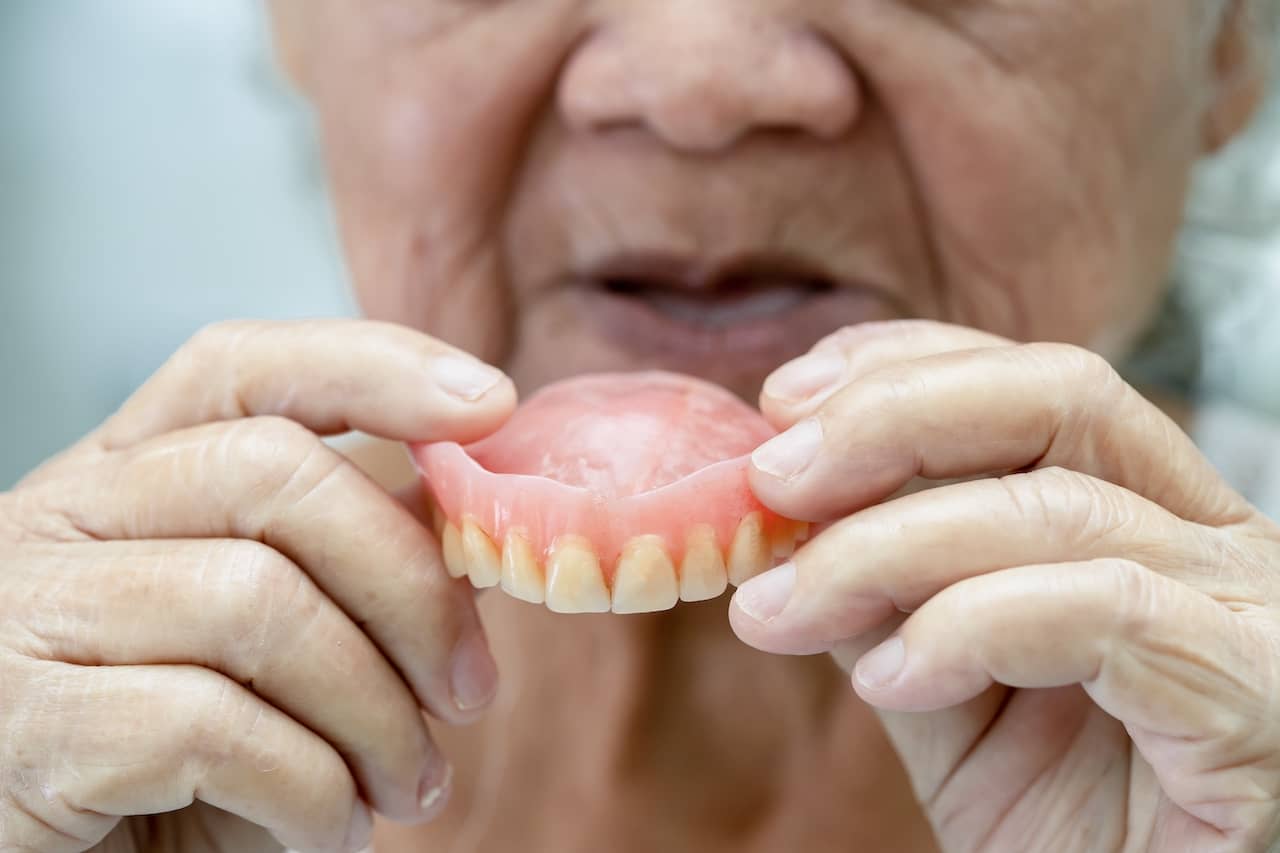
Wear and tear appear slowly. They start noticing small cracks along the base or around the artificial teeth. These lines may not hurt, but they grow over time. Even slight pressure can make them worse. Chewing becomes uneven. One side might feel stronger than the other. Cracks also collect food debris. That buildup may lead to odor or infection. Damage doesn’t always cause pain at first—but it always worsens.
A once-tight fit now feels loose even without any weight loss
Fit changes quietly. A once-tight fit now feels loose even without any weight loss. The dentures no longer hug the gums like before. They slip when speaking or eating. Saliva collects beneath them. The mouth reacts with soreness or tiny ulcers. Over time, muscles compensate for looseness. That leads to jaw strain. A poor fit also affects speech, often causing soft slurring or extra pauses mid-sentence.
The lower denture begins shifting forward while talking
Lower dentures reveal their age differently. The lower denture begins shifting forward while talking. This happens more during conversation than while eating. Jaw motion pulls it out of alignment. Some users unconsciously bite down to reposition it. That pressure increases wear. The tongue might also press against it to hold it in place. This constant correction becomes exhausting after long periods of speaking.
They find themselves avoiding crunchy foods they once enjoyed
Food choices often reflect discomfort. They find themselves avoiding crunchy foods they once enjoyed. Nuts, apples, even toast can feel difficult. The bite doesn’t land right. Pieces shift while chewing. This causes hesitation with each meal. Many compensate with soft diets. Over time, this changes nutrition patterns. Poor chewing also affects digestion. These small changes slowly reduce confidence at the table.
A visible stain doesn’t fade no matter how long it’s soaked
Stains reveal deeper issues. A visible stain doesn’t fade no matter how long it’s soaked. It could come from tea, coffee, or medication. Brushing won’t help. The material may be absorbing colors unevenly. This suggests surface damage. Microscopic pits form and hold particles. These worn spots increase as cleaning methods grow harsher. Discoloration is more than cosmetic—it’s a sign of breakdown.
They hear clicking sounds when chewing even with normal mouth pressure
Sound often exposes problems first. They hear clicking sounds when chewing even with normal mouth pressure. This noise comes from instability. Denture plates might be misaligned. Each bite shifts the base slightly. The noise may start quietly, then grow more frequent. Clicking isn’t just annoying—it warns of internal imbalance. Over time, this can lead to deeper fractures or joint discomfort.
One section begins pressing harder against the gums than the rest
Pressure should be even. One section begins pressing harder against the gums than the rest. This may feel like soreness or heat in one spot. The gum tissue reddens. Eating becomes uncomfortable on that side. That uneven load wears down both the denture and the mouth. Eventually, tissue can recede, exposing sensitive areas. Small misalignments lead to big complications if ignored.
They wake up with jaw fatigue even after using the denture during the day
Sleep patterns matter. They wake up with jaw fatigue even after using the denture during the day. The pain isn’t intense but persistent. It may spread to the temples or neck. This often means the denture no longer aligns with their bite. Muscles stay tense even while sleeping. Over time, this affects posture and rest. It’s not about nighttime wear—it’s about all-day strain that lingers.
A section of the gum starts to change shape over a few months
Gums are not static. A section of the gum starts to change shape over a few months. It may swell slightly or dip inward. These changes affect how the denture rests. Movement increases as the denture struggles to adjust. Pressure spreads unevenly. The mouth slowly reshapes itself to compensate. These natural shifts make older dentures unreliable even without visible damage.
The top denture begins feeling heavier than usual by evening
Weight perception changes subtly. The top denture begins feeling heavier than usual by evening. It’s not physical weight—it’s tension. The roof of the mouth absorbs the strain. Pressure builds by the end of the day. This sensation often pairs with dull headaches or nasal tightness. Users sometimes remove the denture early for relief. That alone signals the need for reassessment.
